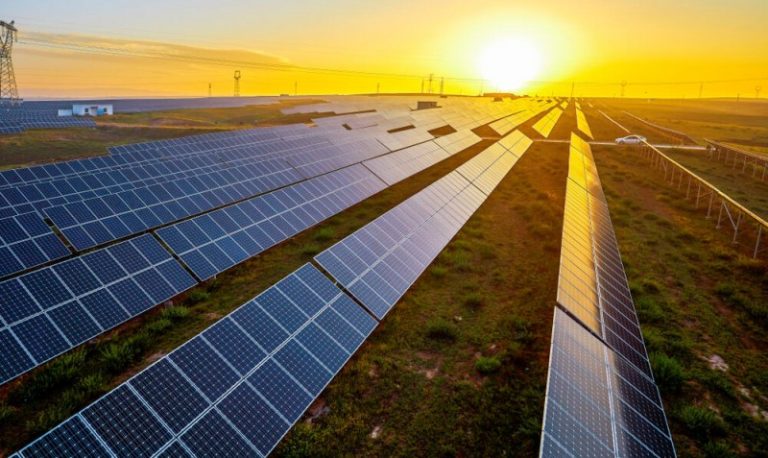Defence Minister Richard Marles has announced a significant increase in Australia’s defence budget, outlining the government’s strategic vision at the National Press Club on Wednesday.
Over the next decade, Australia is set to bolster its defence capabilities with an additional $50 billion investment. This immediate injection of funds will expedite the development of long-range missiles, targeting systems, and lethal autonomous systems.
The newly released National Defence Strategy aims to elevate Australia’s defence spending to 2.4 per cent of GDP within the next ten years. The total defence outlay is projected to hit $330 billion by 2033-34, incorporating the initial costs of the ambitious AUKUS initiative to acquire nuclear-powered submarines.
As part of one of the most significant shifts since World War II, the Australian military will focus on “undersea warfare” with an investment of up to $76 billion, alongside substantial funding for space and cyber capabilities.
Marles emphasised the strategy’s clear, priority-driven approach to safeguarding Australia and its interests against emerging threats. The reforms are designed to ensure the region’s peace, security, and prosperity.
The Defence Minister stressed the importance of focusing Australia’s defence efforts “unambiguously” on the Asia-Pacific region, highlighting the need to project defence power beyond Australia’s borders to maintain national security.
Key to the strategy is the protection of trade routes, with the acquisition of nuclear-powered submarines playing a pivotal role. Marles pointed out Australia’s reliance on trade, with 85 per cent of its fuel imported from South Korea, Singapore, and Malaysia.
While support for Ukraine has diminished, Marles assured continued Australian involvement, citing the importance of the rules-based international order.
The redirection of $72.8 billion from existing expenditure will see the Australian Defence Force (ADF) become “more amphibious,” with significant investments in the AUKUS submarine program and new long-range strike and targeting missiles.
However, this increase in spending will result in cutbacks in other areas, such as the reduction of infantry fighting vehicles and the reallocation of $1.4 billion in planned defence infrastructure to bases in Darwin, Townsville, and Pyrmont.
Marles acknowledged the need for difficult decisions in reallocating spending, aiming to avoid “over-programming” and subsequent cost overruns.
In response, Coalition defence spokesperson Andrew Hastie criticised the reprioritisation as a cut and advocated for increased defence spending.
Addressing a shortfall of about 4,400 defence personnel, Marles outlined plans to streamline recruiting processes and improve retention by enhancing the ADF’s culture, informed by the Royal Commission into Defence and Veteran Suicide.
The government also plans to utilise the migration program to recruit non-Australian citizens with specialised skills for the ADF.



